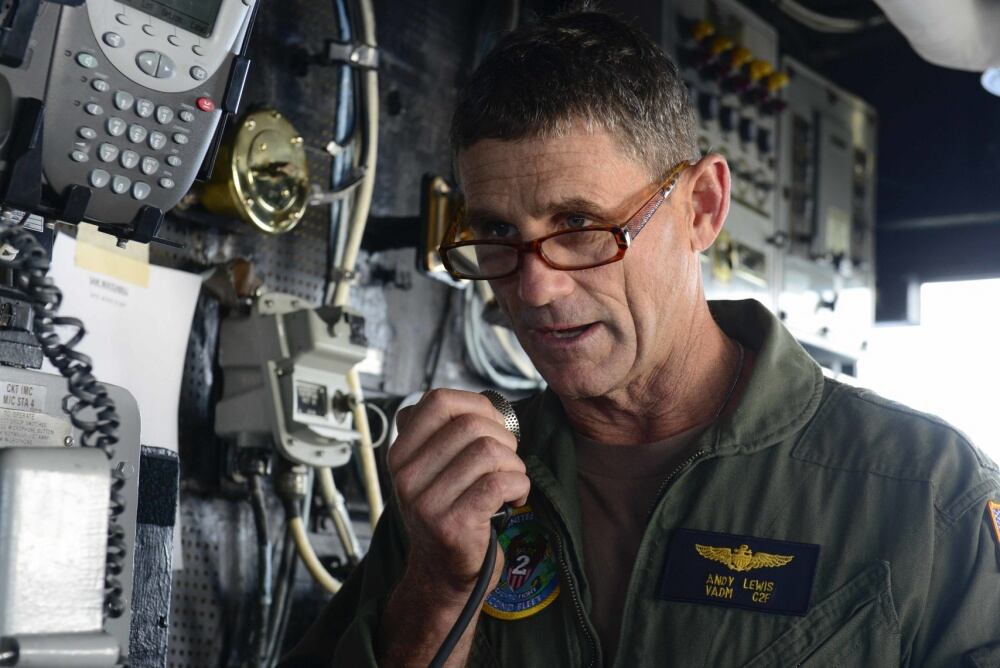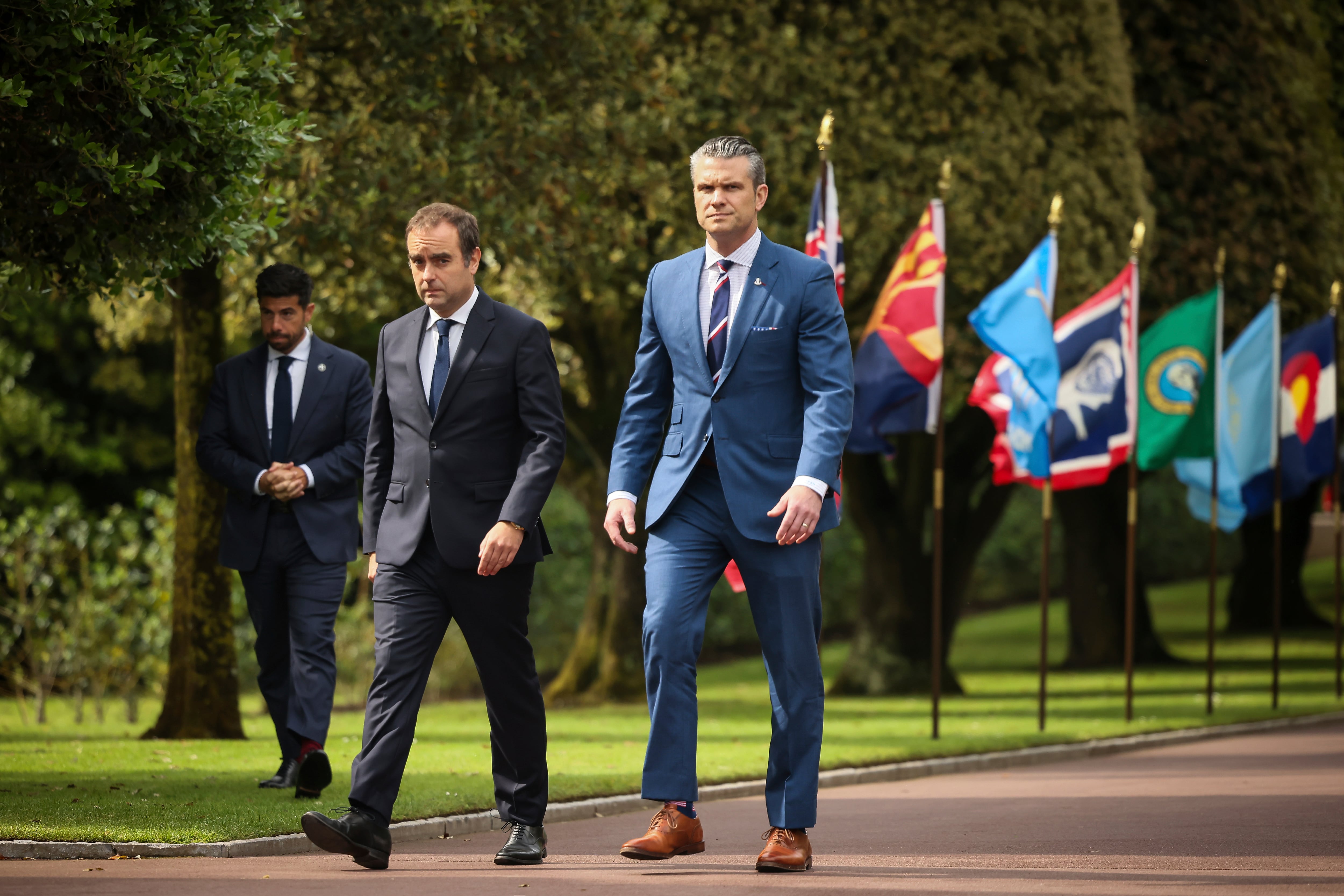The U.S. Navy surface fleet’s reintroduction to far north operations will continue in the coming weeks as small-boat operations will be conducted in the frigid waters of the Arctic Circle.
The guided-missile destroyer Thomas Hudner is heading up the Davis Strait west of Greenland for the multinational Operation Nanook exercise.
As part of that, rigid hull inflatable boats, also known as RHIBs, will launch from the warship, according to Vice Adm. Andrew Lewis, commander of U.S. 2nd Fleet.
“It is the first time we’re putting a boat in the water recently in these temperature climates,” Lewis told reporters Tuesday.
The RHIB operation will mirror ones taken in warmer waters, but the nature of Arctic operations present a new learning curve for the crew, he said.
RELATED

With water temperatures sitting at a chilly 40 degrees, sailors must familiarize themselves with new equipment and skill sets to be effective up there, Lewis said.
“It is by nature a fairly challenging environment where you are, but then you throw in the temperature and the sea state … that’s something we need to take a crawl-walk-run approach to,” Lewis said.
Operation Nanook is an annual training exercise led by the Canadians.
The U.S. Navy’s participation marks the sea service’s fourth venture into the Arctic in recent years as it seeks to relearn what it takes to operate in those extreme climates after the region took an operational back seat in recent decades.
But with a resurgent Russia and an ascendant China eyeing the Arctic at a time when global warming has made the area more accessible, the Navy “must be experts in operating on our northern flank,” Lewis said.
That has meant sailors beating ice off ship superstructures with baseball bats in recent journeys north, as well as flexibility in a commander’s scheme of maneuver, when the environment won’t allow a simple transit, he noted.
“Successful operations in the Arctic require practice,” he said. “The Arctic region requires specialized training, gear and a unique skill set that can only be honed over time and repetition.”
The three-week exercise will eschew stops ashore to mitigate any potential spread of COVID-19 and will also involve a U.S. Coast Guard cutter and vessels from the Canadian, French and Danish navies.
As the Navy relearns the Arctic, gleaning from the experiences of others who transit those waters has proven key, Lewis said.
“We’ve really heavily relied on partners, including the Coast Guard, who have recent experience operating there,” he said.
Geoff is the managing editor of Military Times, but he still loves writing stories. He covered Iraq and Afghanistan extensively and was a reporter at the Chicago Tribune. He welcomes any and all kinds of tips at geoffz@militarytimes.com.





